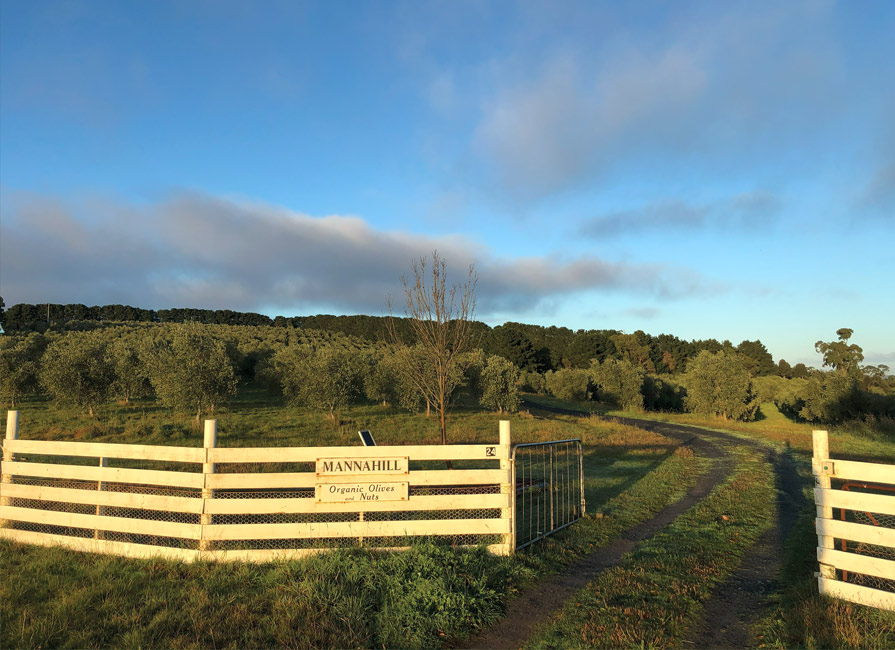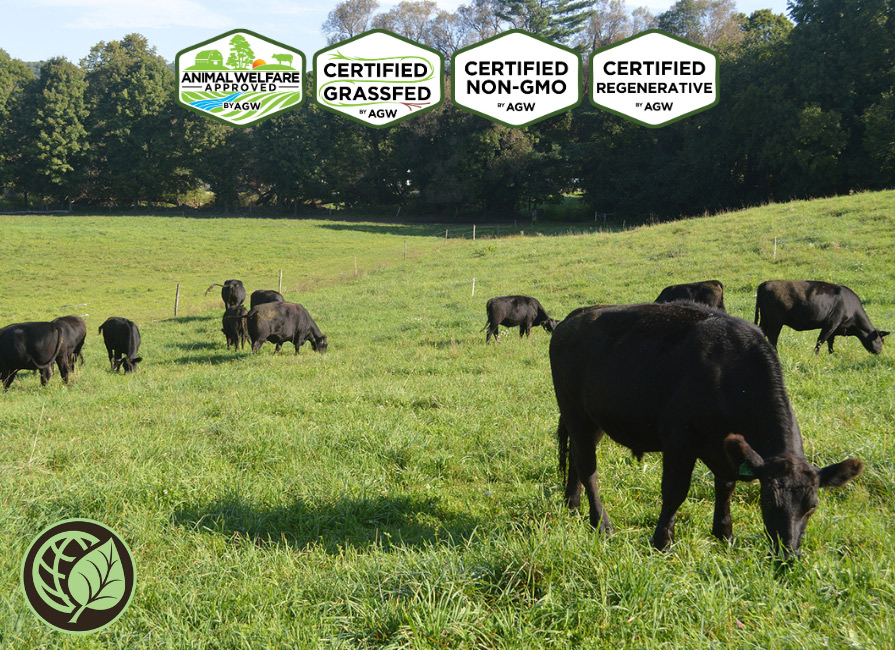One of the key attractions of our Certified Regenerative by AGW program is its practical…
The New, Bright Reality-We CAN Feed the World Sustainably, Humanely
 Over the past few weeks I have been busy commenting on pretty negative news— genetically modified salmon is a step closer to being on the market; the Supreme Court overturned an injunction that would stop the USDA from allowing a partial deregulation of Monsanto genetically modified alfalfa; a study was released, based on highly questionable science, that grassfed beef isn’t any healthier than grainfed beef; GMs are being driven to market even though 53 percent of Americans object; and Smithfield is being given control of environmental committees —but rays of light are shining through the darkness.
Over the past few weeks I have been busy commenting on pretty negative news— genetically modified salmon is a step closer to being on the market; the Supreme Court overturned an injunction that would stop the USDA from allowing a partial deregulation of Monsanto genetically modified alfalfa; a study was released, based on highly questionable science, that grassfed beef isn’t any healthier than grainfed beef; GMs are being driven to market even though 53 percent of Americans object; and Smithfield is being given control of environmental committees —but rays of light are shining through the darkness.
What a welcome to the beginning of the week when I can read a report that focuses on a real solution. Big Ag isn’t going to like the recent report issued by the United Nations one bit because it threatens its very existence. Big Ag wants you to believe that unsustainable farming practices that lock animals in barren cages and feedlots are the only way to provide enough meat, dairy and eggs. That arable systems only work if you spray the fields three or four times with poisons. That fruit farms require nerve gas linked to autism to produce a crop. That leaving mountains of poisonous manure and contaminated water that sickens our children is just the cost of doing business. That this abhorrent failing system that takes profit from farms and diverts it to corporate monoliths with no conscience or morality is just the way it has to be.
Yes, Big Ag really needs you to believe that this massive failed experiment called modern mono-agriculture is our only chance to stave off worldwide hunger. But, it turns out, it’s not.
The new U.N. report, “Dead Planet, Living Planet: Biodiversity and ecosystem restoration for sustainable development,” made me smile. The report documents over 30 successful reforestation case studies and proudly proclaims, “Restoration is not only possible, but can prove highly profitable …” In one region alone, known as the “Desert of Tanzania,” agroforestry (planting trees and crops on the same parcel) increased household income by up to $500 U.S. a year. The average yearly household income for Tanzania is under $500 U.S. per year.
The approach recommended was a blend of the new and the old: pest management using natural predators, intercropping agroforestry, silviculture and green manure. The Animal Welfare Approved program has routinely held the position that scientifically sound humane and sustainable systems are the alternative to the failed experiment of Big Ag,and are the way to feed and water the world. Corporations manipulate science and the truth for corporate gain, so it’s refreshing then that the models profiled in the U.N. report are easy to implement, readily available proven successes.
A recent meeting on agroecology organized under the auspices of the U.N. Special Rapporteur on the Right to Food, Olivier De Schutter, and featuring many world experts on the subject, also brought a smile to my face. Reporting on their findings, De Schutter said that governments and development agencies can help to promote fairer, more inclusive business models that support local small farmers and others in their relations with governments and investors.
The committee concluded that, “Agroecological farming, which improves food production and farmers’ incomes while at the same time protecting the soil, water and climate, could feed an estimated world population of nine billion people by 2050 and go a long way to save the climate, if implemented now.” This comes on the heels of, “Telling Porkies: The big fat lie about doubling food production,” the recent report published in the U.S. jointly by AWA and the Soil Association showing that the previous estimates of food needs of the world were exaggerated by Big Ag by as much as 30 percent.
There is an overwhelming feeling among big thinkers, like the ones that make up De Schutter’s committee, that a new model of food production is the solution. It is time governments truly invest in the future and put money into sustainable systems that are better for the environment, better for the animals, better for the farmers and so much better for our children. It will be interesting to see how Big Ag reacts to this announcement. We can expect that in the coming months “scientists” will be publishing findings that attempt to refute the agroecology concept; you might look to see who is paying their wages directly or indirectly.
We’ve known for decades that we must stop building and exporting replicas of our own failing systems to fragile and impoverished areas of the world. Exporting U.S. agricultural models is modern-day colonialism at its worst. It rips profits from ever fewer local farmers who can ill afford it, disrupts local access to clean, fresh water and degrades crop land over the long term. In the most vulnerable regions of the world, agricultural monoliths are re-creating a cultural structure we have spent years dismantling. This time we can stop the spread of a dangerous system that uses money instead of guns to grab land and dominate the people.
In the words of Professor De Schutter “With more than a billion hungry people on the planet, and the climate disruptions ahead of us, we must rapidly scale up these sustainable techniques.” Even if it makes the task more complex, we have to find a way of addressing global hunger, climate change, and the depletion of natural resources, all at the same time. Anything short of this would be an exercise in futility.


